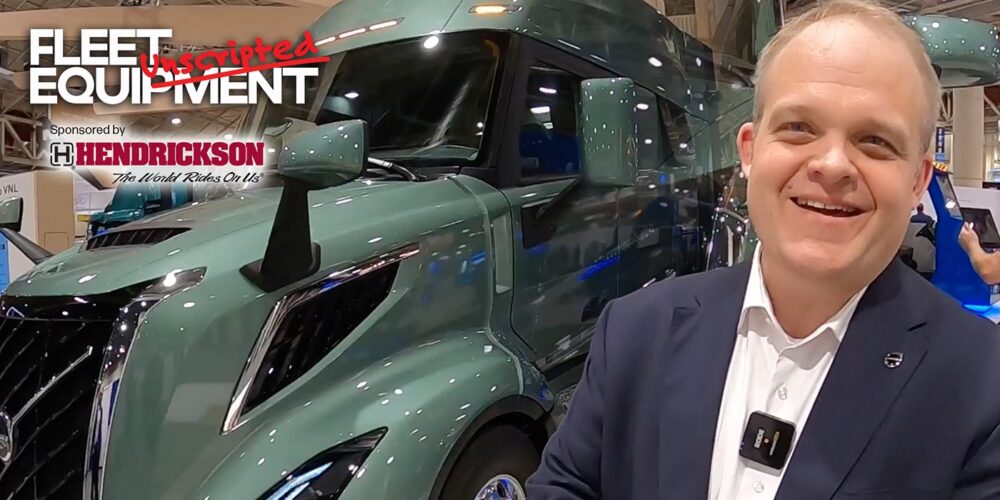Electric truck development has made loads of progress over the past few years, but even taking this progress into account, there’s still a lot we don’t know about incorporating these trucks into a fleet. But we do know the secrets to getting started.
Click here to watch more of FE’s On the Road video series.
Here is a transcript of the video:
Progress towards electrification keeps on rollin’ in the trucking industry, as big-name OEMs and new players alike continue to make announcements touting their huge strides in one aspect of the business or another.
Despite this, finding a fleet that has been able to even get their hands on a single one of these trucks for a test drive is a true rarity. So, for those fleets patiently waiting for their chance to take these trucks for a spin, here are a few important preparations to have done ahead of time.
First, and this might be up there at the top of Mount Zeus as far as importance goes: You need to define what your charging infrastructure is going to look like. That means understanding the application and the duty cycle that the EV will be used for to help define how you will charge that truck.
For example, can you use low-power chargers to keep your capital investments down, or do you need to look at higher-power units in order to meet your timeframe? Think carefully, as the answers to questions like this will have a direct effect on your bottom line.
You should also keep in mind how your fleet’s facility will function as a base for electric charging. Each site is going to end up being fairly unique, meaning your footprint and where you can park vehicles for charging – even your local utilities – can have varying lead times.
You might have the greatest electric vehicle in all the land, but if you don’t have a great charging connection or infrastructure to support that charger, your experience will be… well, we’ll call it less than acceptable.
Some fleets might be wondering: But do I even need to be interested in electric trucks right now? And the answer is: I don’t know! But what I can tell you based on what we’ve seen so far, it’s this:
Trucking applications with a lot of starting and stopping seem to be faring especially well with electrification, since these trucks can take advantage of regenerative braking. In these applications, fleets will likely need less energy charged into the battery than if they were to run those miles straight on the highway, thanks to starts and stops bringing kinetic energy back through the regen.













